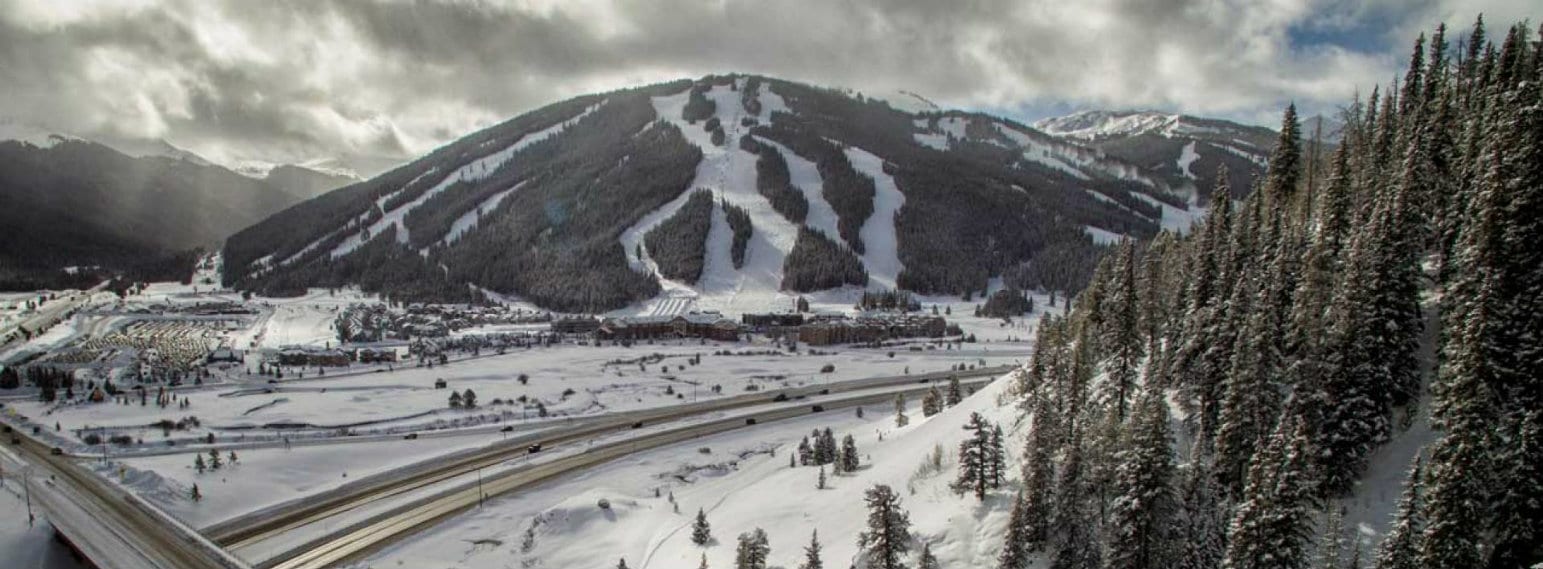

For years, employees and volunteers have planted up to 16 species of hardy native grasses and flowers in areas disturbed by ski lift construction or other maintenance. “They seem to be paying attention,” she said.Ĭopper’s expansion of its annual replanting program is an important step, Grasser said. Perhaps that’s because their main asset, snow, is so directly threatened. And so it’s going to take not just ski areas, but all of us to look at what our new stream flows, what our new runoff season, are going to look like.”Ĭopper and other big ski resorts have been out front working on ecosystems and climate change, compared to some other large business interests, Fuller believes. The first thing that’s going to get cut is the easiest thing to get cut, and that’s usually the environment. “And it’s going to take every single stakeholder, every single person working on water conservation in order to maintain any kind of flow in the river. “All of us need to address the fact that we are not going to have the same flows that we’ve seen historically,” Fuller said. But the resorts are now aware that drawing all their rights in dry seasons can cause long-term damage to the ecosystem, she added. Resorts like Copper Mountain have relatively senior water rights that will allow them to draw snowmaking water from mountain sources even during droughts, Blue River Watershed Group Executive Director Kendra Fuller noted. 1, reported just two runs open that day in 2021, after its early season snowpack reached only half of normal. Snowpack-melting dust layers blow in more frequently as the West suffers through a 22-year “megadrought.” Anecdotal impacts on local ski areas pile up: Crested Butte, usually humming by Dec. The National Ski Areas Association provided a grant and joined the summit as well.Ī study published in October in “Nature Reviews: Earth and Environment” by researchers from western states said trends “suggest ~35-60 years before low to no snow becomes persistent if greenhouse gas emissions continue unabated.” Forest Service, which leases most of the land ski areas use, and nonprofits like Blue River Watershed Group. Grasser organized the ideas summit that included representatives from Utah’s Snowbird ski area, the U.S. And then we need additional effort to redouble what we can do at the local level, to help our ecosystems get through this time of climate change.” Jeff Grasser, a sustainability manager for Copper Mountain, leads a group tour above the resort’s Center Village during the Conservation Summit on July 27, 2022. “We can divert nothing from our efforts to reduce our carbon footprint and to help others reduce their carbon footprint on a global scale. “There’s two pieces to keeping the future of skiing going,” Grasser said. And that’s about what we can do at the local level,” said Jeff Grasser, Copper’s senior resort operations and sustainability manager. “I believe that we need an additional conversation at the table. They must be part of the global picture of temperature reduction through reducing carbon emission by sequestration on the slopes, buying clean electricity for lifts, and recycling more. With most major ski areas now employing sustainability coordinators, the efforts are signals within the industry that resorts can’t just count on more snowmaking or higher trails in new basins to guarantee winter runs. Now the researchers will measure an unenhanced plot to calculate how much carbon it sequesters in roots and plant growth, and compare it to newly reseeded plots and any additional carbon they manage to store. Copper has previously sent employees and volunteers to gather seeds of hardy, adaptable plants in the county and planting them on the slopes. Some climate scientists advocate countering the temperature-increasing growth of carbon dioxide in the atmosphere by growing more carbon-storing trees and plants, or injecting industrial-produced carbon directly underground.Ĭopper Mountain hosted a climate change summit last week to trade ideas and launch the academic forces on its slopes, with a researcher and students from Southwestern University staking out test plots near American Eagle lift.


 0 kommentar(er)
0 kommentar(er)
